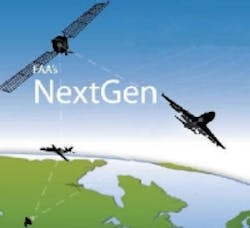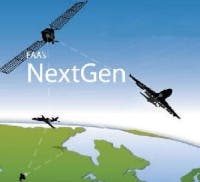Raytheon technology successfully reaches orbit on Next-Gen weather satellite system
NOAA weather satellites are the backbone of life-saving weather forecasts and advance hazardous outlooks relied upon by individuals, businesses, emergency responders and the military every day. This year alone there have been 10 disasters surpassing $1 billion each, which has made the demand for advanced weather data even greater. Further, because of demographic trends and population growth, the United States may be even more vulnerable to extreme weather events in the future. Raytheon provides the technology, from space to ground, to support NOAA's important weather mission.
At the heart of JPSS is an advanced weather and climate monitoring instrument responsible for nearly two-thirds of the spacecraft's data collection requirements. The Visible Infrared Imager Radiometer Suite (VIIRS) is the primary instrument responsible for global imagery, land and sea surface temperature monitoring, cloud characterization and other key environmental data.
On the ground, a new Common Ground System built by Raytheon will feature a flexible design to manage nearly a terabyte of information daily to support enhanced environmental data records designed to meet NOAA's and the U.S. Air Force Weather Agency's critical weather forecasting responsibilities.

